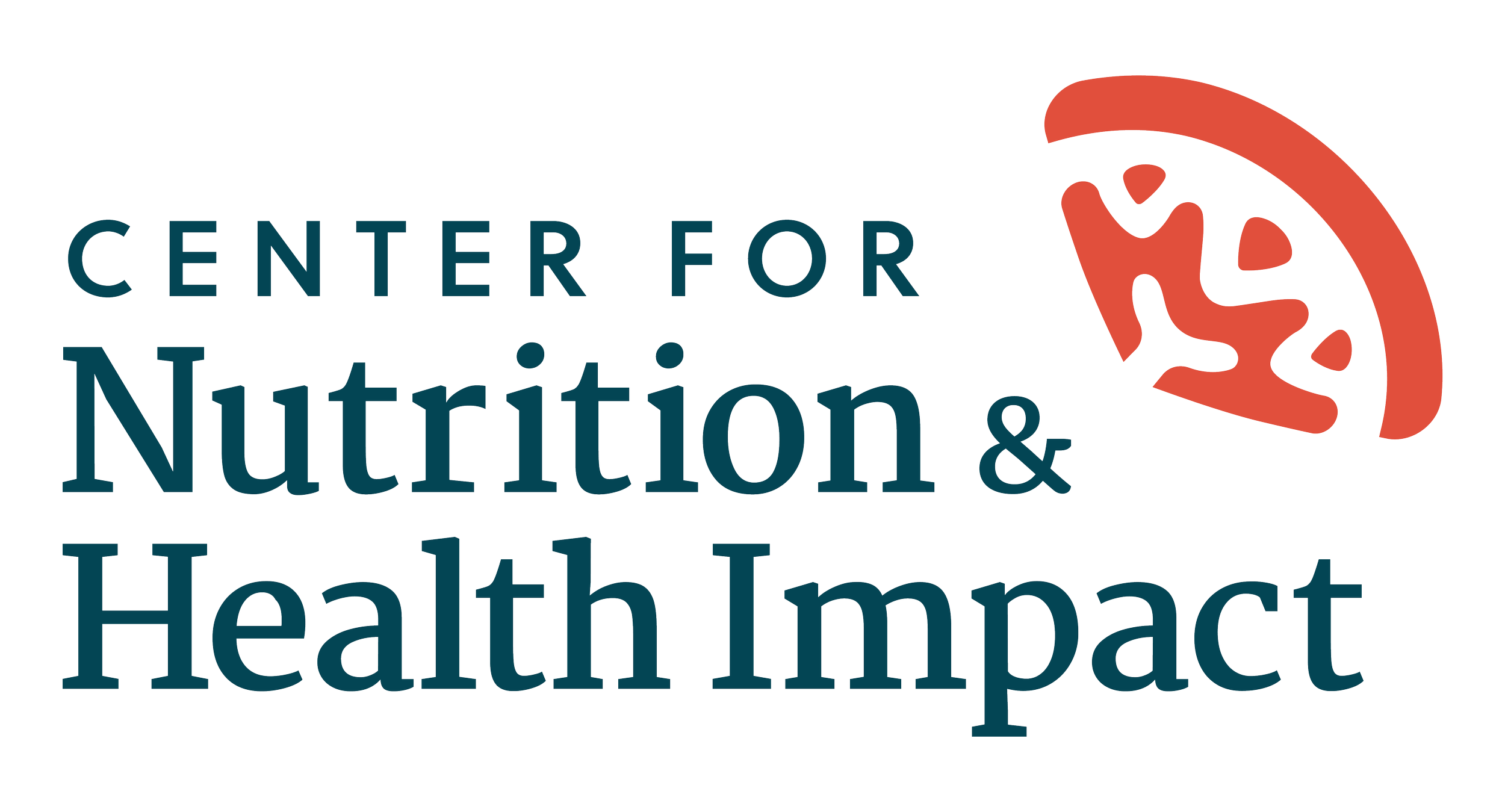---- OUR WORK ----
Michigan State University
The Michigan State University Center for Regional Food Systems (CRFS) functions as a collective impact backbone organization that convenes partners across the state to promote food that is healthy, green, fair and affordable. The Michigan Good Food Charter describes six shared goals, which these stakeholders are working on to promote healthy food access.
Shared measurement refers to multiple groups using overlapping measurement tools to collect data and share and aggregate the results for mutual learning. Looking to develop a system for shared measurement to identify food-access issues and solutions, CRFS partnered with the Center for Nutrition & Health Impact (CNHI) and three Michigan-based partners — Good Food Battle Creek, Food Gatherers in Ypsilanti, and Oakland University in Pontiac. Each represents a mid-sized urban area.
These organizations worked together to conduct a shared survey tool in each of the three cities. The results of this survey are shared for each community individually as well as in aggregate for a greater statewide assessment. The aim of the larger, state report is to influence state-level policy and funding as it relates to healthy food access.




